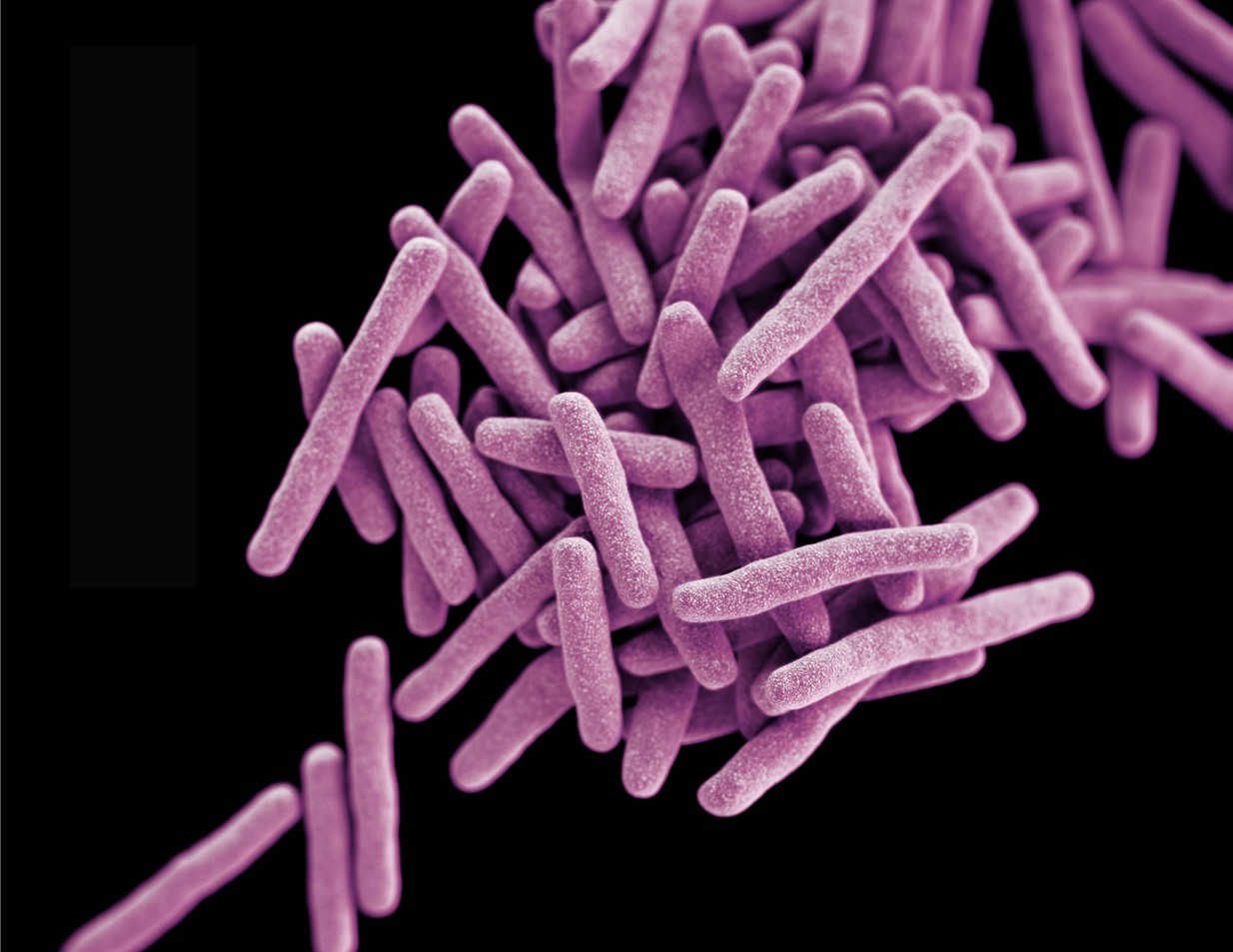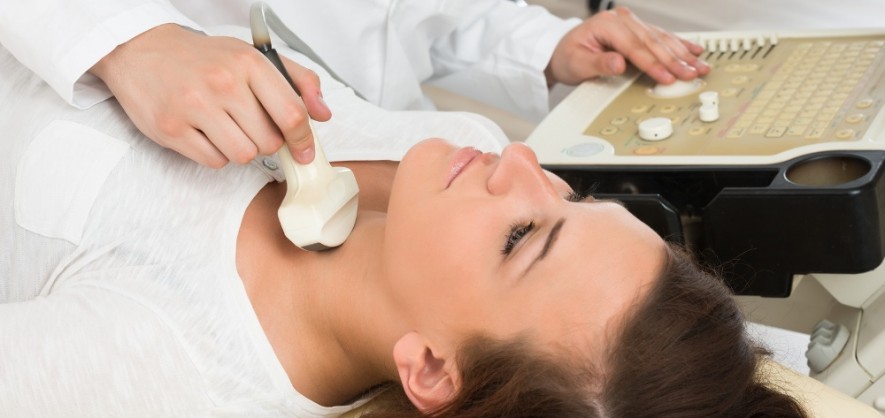Tuberculosis a.k.a. TB is an infectious and potentially fatal disease caused primarily by what science has identified as a bacterium —Mycobacterium tuberculosis. It is named so because it is aerobic and creates tubercles in the nodules of the lungs, especially the upper oxygen-rich lobes of said organ. The most common form — pulmonary tuberculosis — is caused by inhaling said bacteria in the air from any source already infected. The bacteria can spread to other parts of the body via the lymphatic system. Historically, tuberculosis was catastrophic before the rise in vaccination, medication and milk pasteurization. There has been a resurgence due to modern issues, such as HIV, organ transplant and diabetes. Here, at BIOinvigoRATE, we will discuss what tuberculosis is and what we should do to prevent and reverse the disease.
There are two notable stages of TB: latent TB and active TB disease. Many people with latent TB show no signs of sickness, and may not infect others, and may not — themselves — even be aware they may be infected with the bacterium! That scenario may go on for decades, or for life. Those with active TB disease however, will show the classical signs: persistent coughs (with blood) that lasts for weeks, night sweats, chest pain, weakness and fatigue, chills, lack of appetite, weight loss and so on. In fact, TB was once called consumption because of its weight loss and wasting away characteristics of those who contracted it.
Tuberculosis is easy to catch as it may be, for some people, hard to avoid. Avoiding those who talk a lot or open their mouths a lot would be a good rule of thumb to abide by in avoiding this disease. Avoiding those that spit, sneeze, shout, sing and speak out loud would be the sure precaution that would prevent infection from this disease. There is another little known form of TB bacteria — Mycobacterium bovis — that is spread by the substance of infected cattle. We must therefore avoid unpasteurized milk and cheese products of which the source of origin is unknown.
When our body is infected with bacteria, the immune system sends its first line of defense — macrophages — large white blood cells that engulf the bacteria. However, TB bacteria works differently than other bacteria and is made up of different complex, waxy surface material than other bacteria, making it difficult for our immune cells to disrupt them. Additionally, TB bacteria will then turn the table by changing the structure and chemistry of these macrophages and using them as a source of energy, resource, duplication and transportation. This is one of the biggest mysteries of active TB bacteria and why it has become so drug resistant!
The big questions that arise from the behavioral pattern of active TB are: How does the TB bacteria know to use our own immune cells for its benefit? Why does the TB bacteria want to use our immune cells for its benefit. And who taught TB bacteria everything it knows to use our immune cells for its benefit? It is from these questions why getting rid of TB infection takes so many months, uses so many medications, involves so many research, costs so much money, and has taken so many lives!
Tuberculosis is notoriously associated with low vitamin D, which then causes many medical practitioners to recommend vitamin D supplements to their patients. But, as an example, a lot of people who get sick during the winter months do not get sick primarily because they have low vitamin D levels — but because their immune system is compromised! Low vitamin D is only an indication of a compromised immune system. Yes, patients may feel better replacing D3 synthetically, but that doesn’t fix the problem.
TB is not a low vitamin D problem. It is an iron toxicity and acidity problem in the lungs and surrounding area, causing bacterial infection/infestation! Taking high doses of D3 supplement will cover the problem — then make it worse!
The vitamin D from the sun is different from the vitamin D3 in supplements. True sunlight — the UV-B rays and others — has a strong impact in healing many diseases, including TB. In contrast, supplementing 20,000 IU of D3 (even with K2-MK7) will make you feel better, while simultaneously making your health worse. While supplemental D3 is increasing your D3 level, it is also DEPLETING your magnesium level, your vitamin A level, your copper level and your zinc level — the very things that are MOST needed with TB infection! If you are infected with the tuberculosis bacteria, then take off your outer clothes and sunbathe in the sun!
Also consider D3 supplements, but from real food source, like lichens; rather than the cholecalciferol made from sheep-wool wax, and that is used in rat poison! Irradiated mushrooms may also be a choice to consider. So would a vitamin D lamp.
There are also many herbs that may show promise in building back up the immune system of someone with TB and in eradicating its bacteria! Pelargonium sidoides, a.k.a. African geranium — my first choice — should be one to seriously consider. Other immune system building herbs are guduchi, andrographis, astragalus, pau d’arco, mullein, elderberry, olive leaf extract and eclipta alba. All of the aforementioned herbs have two things in common: they destroy bacteria and reduce inflammation. They also restore lung vitality. They are also loaded with immune support nutrients. Still other herbs that may be helpful are: rosemary, manjistha, Jamaican sarsaparilla and burdock root. Often, finding the right combination of herbs can do wonders in obliterating TB or any other stubborn disease!

